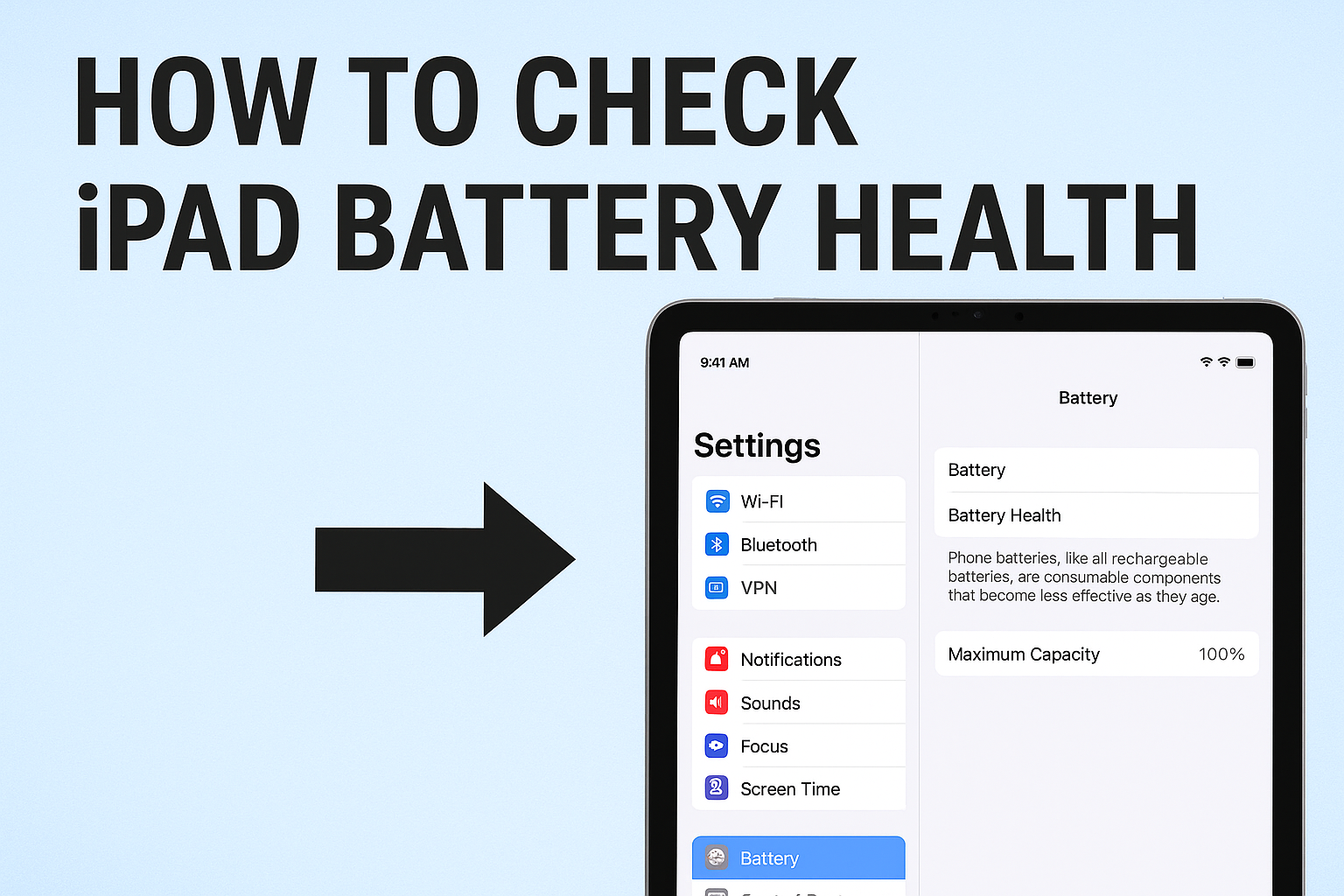
Age verification has become a crucial component in today’s digital world to enhance online safety and ensure compliance with regulatory standards. With the proliferation of digital services, e-commerce, social media platforms, online pharmacies, e-gaming, and online gambling, online age verification has become a necessity to prevent minors’ access to inappropriate content, and to comply with robust regulatory standards. Various jurisdictions have enacted laws and regulations requiring social media platforms and online content producers to set clear privacy regulations and verify the age of users before granting them access to services.
What’s the motive behind all these regulations and technology advancements in AI age estimation? The answer is simple, to make the internet a safe place for minors, protecting young users from the harms of age-exclusive services or products. Undoubtedly, the internet is a source of information, entertainment, and education for users, but exposure to explicit or adult content or violence can impact the psychological development of young users and impose far-reaching consequences.
What is Age Estimation Technology?
Age estimation is an advanced and sophisticated technology that recognizes the age of users by analyzing facial features or voice patterns. The technology is integrated with AI algorithms and machine learning models which are trained on a huge volume of faces of different ages to accurately verify the age of users when they are seeking to log into the services. Training on vast amounts of data makes the AI age estimation accurate and reliable, enabling precise verification of the user’s age and fostering trust in the online world.
How does AI Age Estimation confirm the Age of Users?
Age estimation technology integrates advanced AI algorithms that accurately predict the age of users by minutely analyzing the biometric data, particularly facial features. Each age group has particular facial landmarks which distinguish them from other age groups. For instance, a child has different facial features from adult or elderly individuals, if AI algorithms are trained on facial features of multiple age groups, it becomes seamless to verify the age of users by analyzing their faces.
The age estimation process works in a chain of steps and integrates AI and machine learning to give accurate and precise results. Firstly the data is collected and high-contrast images of facial features are acquired. The collected is processed to enhance the quality so that verification becomes easier. The essential information from the collected data is retained and necessary facial features are extracted which are suitable for machine learning models, the extracted facial features are combined to form a digital footprint of face geometry.
Convolutional neural networks (CNNs) particularly used for image recognition are used to recognize age-related patterns in facial features and facilitate the accurate estimation of a user’s age, restricting minors’ access to inappropriate services.
Innovation in Age Estimation Technology and the Role of AI & ML
Integration of AI and machine learning in the age estimation online enhances the accuracy of the process and enables the technology to verify the age of users even in diverse populations. CNNs are largely used for this purpose having the ability to correlate age patterns by identifying subtle patterns & facial landmarks.
AI age estimation can analyze and recognize minute details of skin texture, wrinkles, or bone structure, enabling the tool to effectively verify users’ age. These technological advancements have made it easier for digital platforms to channel users and restrict young users from accessing age-restricted services. By implementing such tools, social media platforms and online content producers can prevent kids from accessing inappropriate services and comply with regulatory standards, evading legal repercussions and penalties.
- Age estimation technology has seen strides in recent years with technological innovation and integration of deep learning effectively ensuring that individuals are genuinely who they claim to be. Age estimation isn’t solely dedicated to restricting minors’ access to inappropriate services but also enables digital platforms to offer personalized services to their users.
- Implementing multi-model biometrics which refers to using facial features, voice patterns, and behavioral characteristics collectively enhances the efficiency of the age estimation process and reduces potential errors that can occur during the verification process.
- The use of adversarial generative networks (GANs) which can synthesize fake media enables age estimation technology to be trained on such fabricated data, actively detecting fake attempts and preventing them from entering the systems.
Potential Impact of the Technology
Age estimation technology offers remarkable applications in the retail sector, healthcare, social media, law enforcement, financial services, and security industry. This sophisticated technology enables the retail and marketing industry to offer personalized services to their customers and to facilitate targeted marketing, enhancing customer satisfaction. In healthcare, the technology detects early signs of certain diseases by precisely analyzing changes in facial landmarks and assists in medical diagnosis. Unquestionably, AI age estimation offers promising applications in multiple ways, but there are some privacy and ethical concerns associated with its use. The collection and usage of biometric data, potential risks of data breaches, and biased results are some concerns provoked by users. However, careful implementation of technology and a comprehensive approach to data security can address these challenges effectively.






